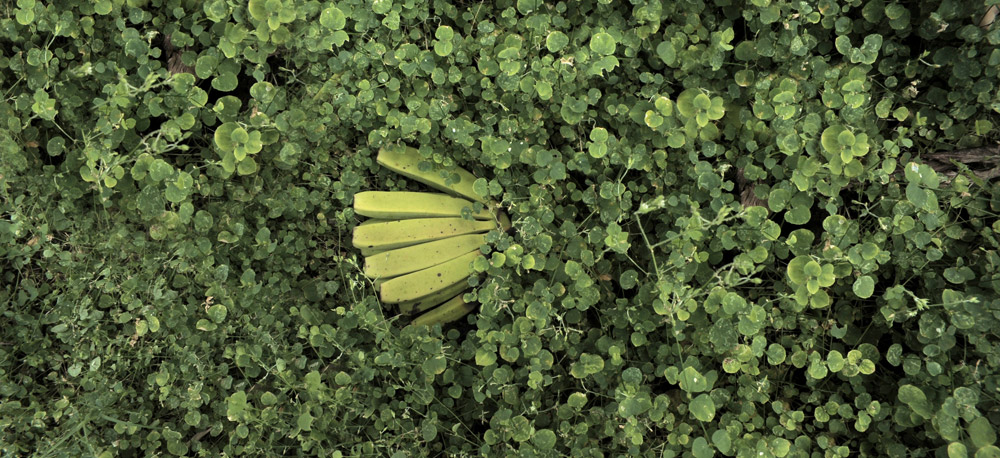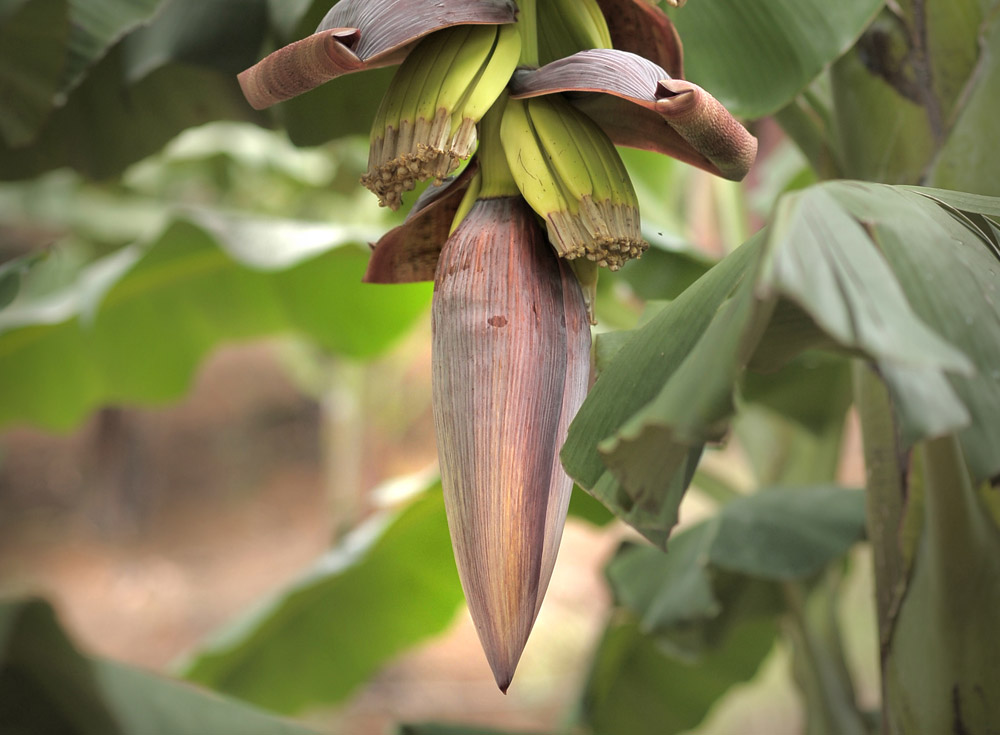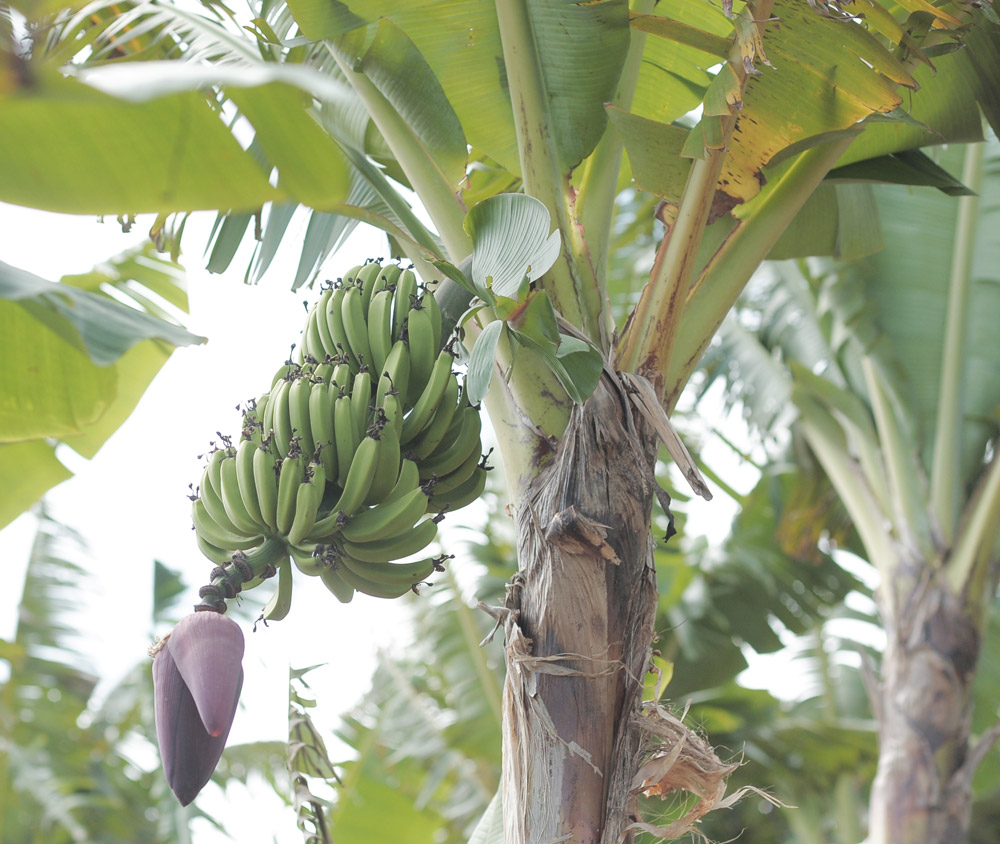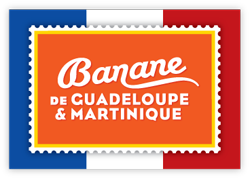Notre filière

The Story
of a Travelling Fruit
During this amazing journey, by means of farmers’ selection, it evolved incredibly from inside progressively loosing its seeds and infilling with pulp.


Archeological evidence
of banana cultivation
In 1502, the Portuguese brought the first banana trees from the Canary Islands to the Caribbean, and to Central America.
At the beginning of the 20th-century, banana cultivation really came into its own in Guadeloupe and Martinique. Right after the region was hit by a hurricane that devastated the coffee and cocoa fields, banana was viewed as a crop with a shorter production cycle, and offering new opportunities for the farmers of our islands.
After the sugarcane crisis in the 1960s, which resulted in the closing down of a great number of distilleries, the banana rapidly became the primary agricultural wealth of the islands.
Infected by a serious plant disease, the “Gros Michel” variety of bananas was systematically replaced with disease-resistant bananas belonging to the sub-group Cavendish. Nowadays, practically all dessert bananas exported are still Cavendish.


The Tallest Grass
in the World
By entwining around one another, the leaves make up the “pseudostem”, which is similar to a tree trunk, but is not made of wood.
Banana trees grow in hot and humid regions, and are made up mainly of water (80%). There are around a thousand varieties of banana trees in the world!
A Thousand Varieties of Banana Trees in the World!
With seeds, seedless, tiny, enormous, long, short, square, round, curved, green, yellow, pink, variegated, silvery, stripped, served raw or cooked, bananas are likely to provide for every taste. We are however more familiar with the dessert banana varieties which are grown for exportation, that is the “Cavendish” (Grande naine) varieties.
Dessert Banana or Cooking Banana?
Cultivated bananas are divided into two main sub-groups: sweet bananas (or dessert bananas) and cooking bananas, among which the plantains are highly represented.
Delicious in its many forms…
The maturity of a dessert banana is clearly visible to the naked eye: the yellower and the darker its tiger stripes, the sweeter and the smoother it will taste. Naturally delicious, the banana is not a fruit one usually cooks. And yet, it can be prepared in all kinds of recipes!


The Lifespan
of a Bunch…
The Birth of a Bunch of Dessert Bananas
1 The banana tree grows by producing leaves.
2 When the banana tree has reached its adult height, a stem emerges at the top. It is the flower induction (or flowering).
3 The inflorescence curves downward, the male bud (or “banana tree’s flower”) hangs out vertically.
4 The inflorescence is composed of purplish spathes.
5 The spathes tilt up one after the other, curl and fall, exposing the flowers.
6 Female flowers open first, followed by hermaphrodite flowers, and only then by male flowers.
7 The long ovaries develop into fruits (or “fingers”), which stretch out to the sky, searching for light.
8 The bunch of bananas has now grown into its final shape. It is made of several clusters of fruits called “hands” or “legs”.


 English
English Français
Français 


